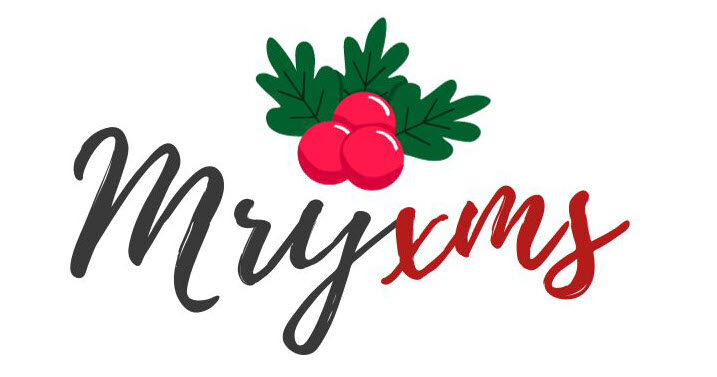Have you ever wondered where the belief in Santa Claus comes from, and how it adds to the enchantment of Christmas for children? It’s a tale as old as time, with roots dating back centuries. From the traditions of various cultures to the legend of Saint Nicholas, the belief in Santa Claus has evolved over time, captivating the hearts of children around the world. This article will explore the fascinating origins and enduring magic of Santa Claus, and how it brings joy to the holiday season for little ones everywhere.
Origins of the belief in Santa Claus
Throughout history, the belief in Santa Claus has been deeply rooted in various cultures and traditions. From its historical origins to the evolution of the modern Santa Claus, this beloved figure has captured the hearts and imaginations of children and adults alike. So, let’s dive into the story behind the origins of the belief in Santa Claus and explore how it contributes to the magic of Christmas for children.
Historical origins
The origins of the belief in Santa Claus can be traced back to ancient pagan celebrations and winter solstice rituals. These festivities were held to honor the changing seasons and the rebirth of nature. During these times, it was common for people to believe in supernatural beings that brought gifts or blessings. These pagan beliefs eventually merged with early Christian traditions, laying the foundation for the development of Santa Claus.
St. Nicholas and the development of Santa Claus
One of the key figures in the development of Santa Claus is St. Nicholas, a Christian bishop from the 4th century. St. Nicholas was known for his generosity and kindness, and his reputation as a patron saint of children and gift-giving became widespread across Europe. The Feast of St. Nicholas on December 6th became a popular day for gift-giving, making St. Nicholas a beloved figure in many communities.
Influence of folklore and legend
The folklore and legends surrounding Santa Claus vary across different cultures. In the Netherlands, the figure of Santa Claus is known as Sinterklaas, who arrives on a steamboat from Spain accompanied by his helpers. In Britain, Father Christmas was a traditional character associated with the Christmas season. These various figures and traditions contributed to the rich tapestry of stories and myths that shaped the image of Santa Claus as we know today.
Evolution of the modern Santa Claus
The modern depiction of Santa Claus took shape through the contributions of several individuals. Washington Irving, an American author, popularized the Dutch folklore surrounding Sinterklaas in his writings, helping to bring the figure of Santa Claus into the American imagination. Clement Clarke Moore’s poem, “A Visit from St. Nicholas,” also known as “The Night Before Christmas,” solidified the image of Santa Claus as a jolly, plump man in a red suit. Additionally, the illustrations by Thomas Nast in the late 19th century further shaped the visual representation of Santa Claus. It was during the 1930s that Coca-Cola’s advertising campaigns featuring Santa Claus wearing their iconic red and white colors firmly embedded the modern image of Santa in popular culture.
Contributions of Santa Claus to the magic of Christmas for children
Santa Claus plays a crucial role in adding to the magic of Christmas for children. Through his image, traditions, and the anticipation he brings, Santa Claus sparks joy, encourages good behavior, fosters imagination and creativity, and builds anticipation and excitement.
Promotion of joy and wonder
Believing in Santa Claus brings a sense of happiness and wonder to children’s lives. The idea of a kind-hearted, generous figure who embodies the spirit of giving brings immense joy to children during the holiday season. The enchantment of Santa’s magical workshop, his team of reindeer, and his ability to deliver gifts to every child in the world amplifies the wonder and excitement surrounding Christmas.
Encouragement of good behavior
The belief in Santa Claus often comes with the idea of a naughty or nice list, where Santa keeps track of children’s behavior throughout the year. This concept serves as a motivation for children to be well-behaved, treating others with kindness and respect. The anticipation of receiving gifts from Santa incentivizes children to exercise good behavior, fostering positive values and character development.
Fostering imagination and creativity
Santa Claus provides a canvas for children to engage in imaginative play and creative storytelling. Children may create their own stories about Santa’s adventures, imagine the magical journey he takes on Christmas Eve, and even develop their own Santa-related traditions within their families. This fosters creativity and allows children to actively participate in the magic of Christmas.
Building anticipation and excitement
The presence of Santa Claus brings about a sense of anticipation and excitement for children throughout the holiday season. Counting down to Christmas Day, writing letters to Santa, and the tradition of leaving milk and cookies for him on Christmas Eve all contribute to the heightened anticipation. Waking up on Christmas morning to find gifts from Santa adds an extra element of surprise and joy, creating lasting memories for children.
In conclusion, the belief in Santa Claus has its origins in ancient pagan rituals, merged with Christian traditions, and further shaped by folklore, legends, and individual contributions throughout history. The magic of Christmas for children is enhanced by Santa Claus through the promotion of joy and wonder, encouragement of good behavior, fostering imagination and creativity, and building anticipation and excitement. The belief in Santa Claus during the holiday season creates a world of enchantment and adds an extra touch of magic that makes Christmas a truly special time for children.
